Don’t Miss It! A Rare 7-Planet Alignment Will Dazzle the January Night Sky!
Prepare to be awestruck this January as the night sky hosts a spectacular celestial event: a rare 7-planet alignment. Stargazers and astronomy enthusiasts alike are eagerly anticipating this extraordinary occurrence, where seven planets will align in a breathtaking cosmic display. Events like this happen only once in a lifetime, making it a must-see for anyone fascinated by the wonders of the universe.
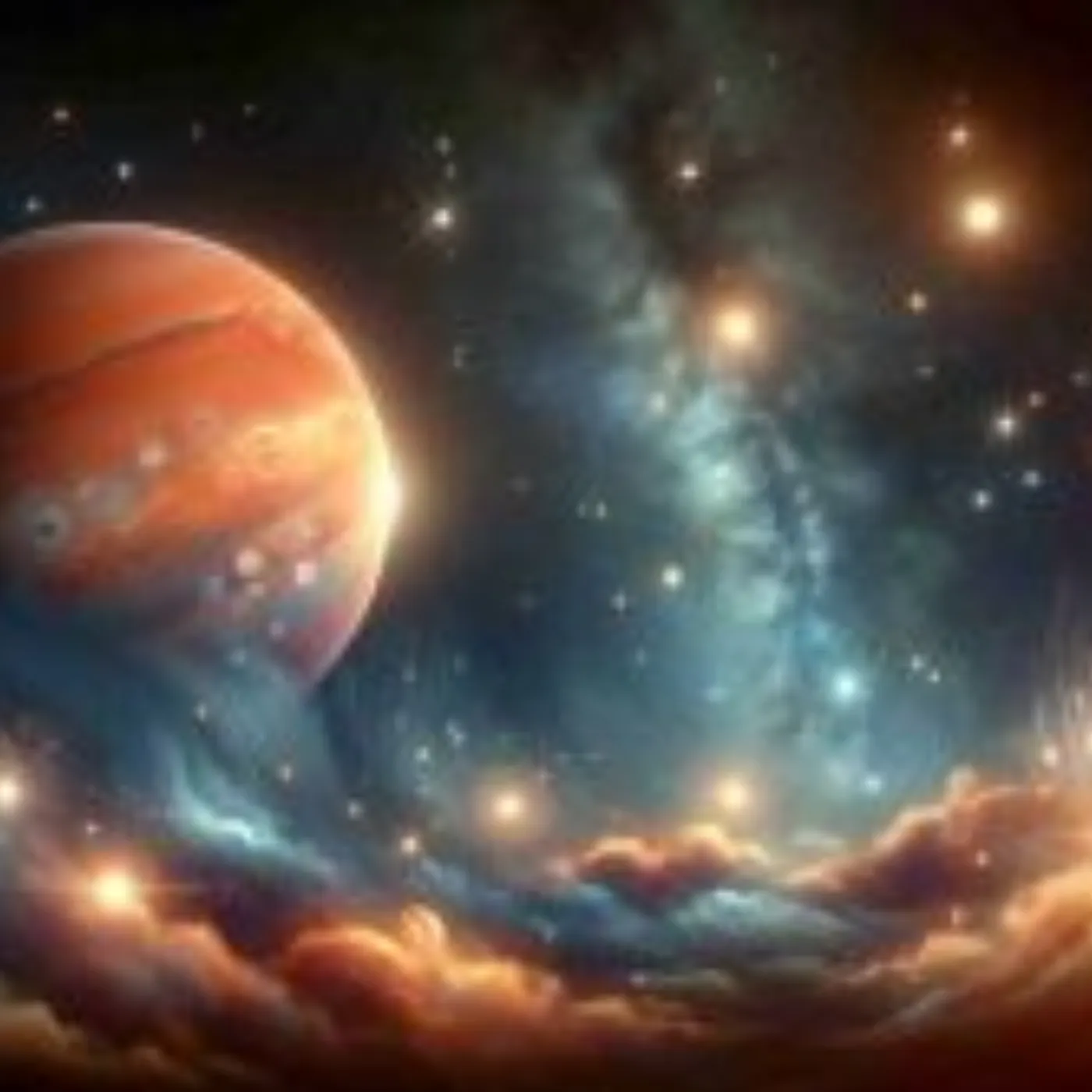
What Is a Planetary Alignment?
A planetary alignment occurs when several planets appear to line up in the sky from our perspective on Earth. While they aren’t physically aligned in space, their positions in their orbits create the illusion of a straight line. This particular alignment will feature Mercury, Venus, Mars, Jupiter, Saturn, Uranus, and Neptune all visible in close proximity, a truly remarkable sight for skywatchers.
When and Where to Watch
Mark your calendars! The 7-planet alignment is expected to be most visible on clear nights in mid-January. Here’s what you need to know:
Best Viewing Time: Right after sunset, as the planets begin to shine against the darkening sky. Mercury and Venus will be most visible just above the horizon.
Viewing Conditions: A clear night with minimal light pollution is ideal for observing the alignment.
Location: While the event will be visible worldwide, those in areas with darker skies will have the best chance to spot all seven planets.
How to Spot Each Planet
Seeing all seven planets requires a bit of preparation and, in some cases, a telescope or binoculars for the fainter ones like Uranus and Neptune. Here’s a quick guide:
Mercury and Venus: Look toward the western horizon just after sunset. Venus, the brightest, will be easy to spot.
Mars: Recognizable by its reddish hue, Mars will be higher in the sky near the constellation Taurus.
Jupiter and Saturn: These gas giants will appear close together, with Jupiter shining brighter.
Uranus and Neptune: You’ll need binoculars or a small telescope to spot these faint outer planets.
Why This Alignment Is So Special
A 7-planet alignment is incredibly rare. While smaller alignments of two or three planets occur more frequently, having seven visible planets align is a phenomenon that happens only a few times in a century. This event provides a unique opportunity to observe the intricate choreography of our solar system.
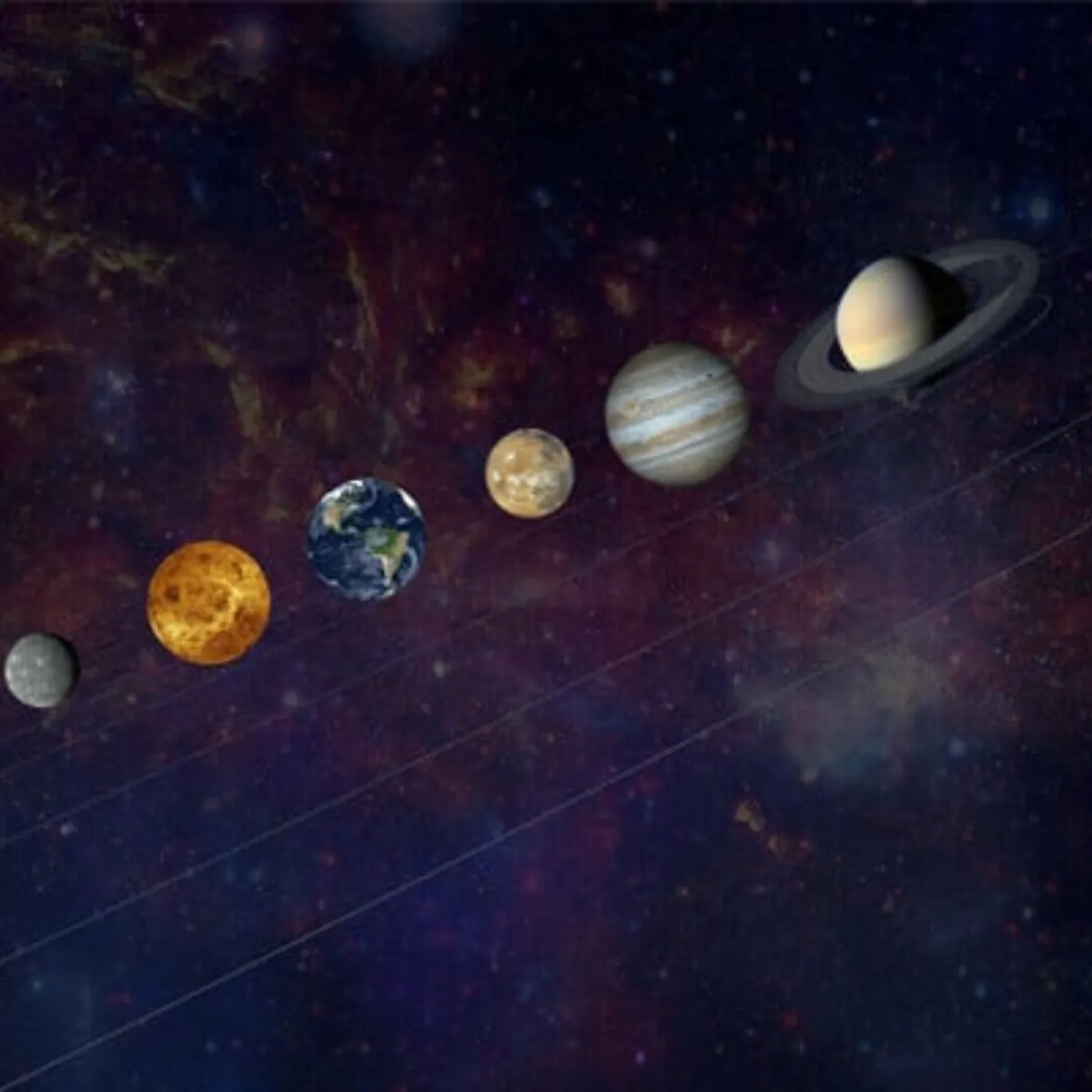
In addition to its rarity, the alignment also serves as a reminder of humanity’s place in the vast universe. Events like these inspire awe and curiosity, encouraging people to learn more about astronomy and the wonders of space.
The Science Behind the Spectacle
The alignment occurs as a result of the planets’ elliptical orbits around the Sun. While the planets are millions of miles apart, their orbital paths occasionally bring them into visual alignment from Earth’s perspective. This event highlights the predictable yet fascinating mechanics of our solar system, governed by gravity and time.
Astronomers point out that while this alignment is visually stunning, it has no significant impact on Earth or human life. The gravitational pull of the planets remains negligible due to their vast distances.
How to Capture the Moment
For those looking to document this celestial event, here are some tips for capturing stunning photos of the 7-planet alignment:
Use a Tripod: A steady setup is essential for sharp, clear images.
Choose the Right Lens: A wide-angle lens can capture the full alignment, while a zoom lens is better for individual planets.
Adjust Settings: Use a low ISO and long exposure to capture the faint light of the planets.
Apps and Star Maps: Tools like SkySafari or Star Walk can help locate each planet accurately.
Cultural and Historical Significance
Throughout history, planetary alignments have captivated civilizations, often interpreted as omens or signs of significant events. Ancient astronomers meticulously tracked these celestial phenomena, integrating their observations into calendars, religious practices, and cultural narratives.
While we now understand the scientific principles behind these alignments, the sense of wonder they evoke remains unchanged. Witnessing a 7-planet alignment connects us with generations of skywatchers who have gazed up at the same stars and planets.
What This Means for Astronomy Enthusiasts
For seasoned stargazers and newcomers alike, the 7-planet alignment offers a chance to deepen their appreciation for the cosmos. Events like these foster a sense of community among astronomy enthusiasts, encouraging people to share their knowledge and experiences.
Astronomers also see such events as opportunities to engage the public, sparking interest in space exploration and scientific discovery. Whether through telescopes, educational programs, or simply gazing up at the night sky, the alignment brings the magic of the universe closer to home.
Don’t Miss This Once-in-a-Lifetime Event!
As the planets line up in a dazzling display, the 7-planet alignment promises to be one of the most talked-about celestial events of 2025. Don’t miss your chance to witness this rare and breathtaking phenomenon. Gather your friends and family, find a clear spot, and look up at the night sky to marvel at the beauty of our solar system.
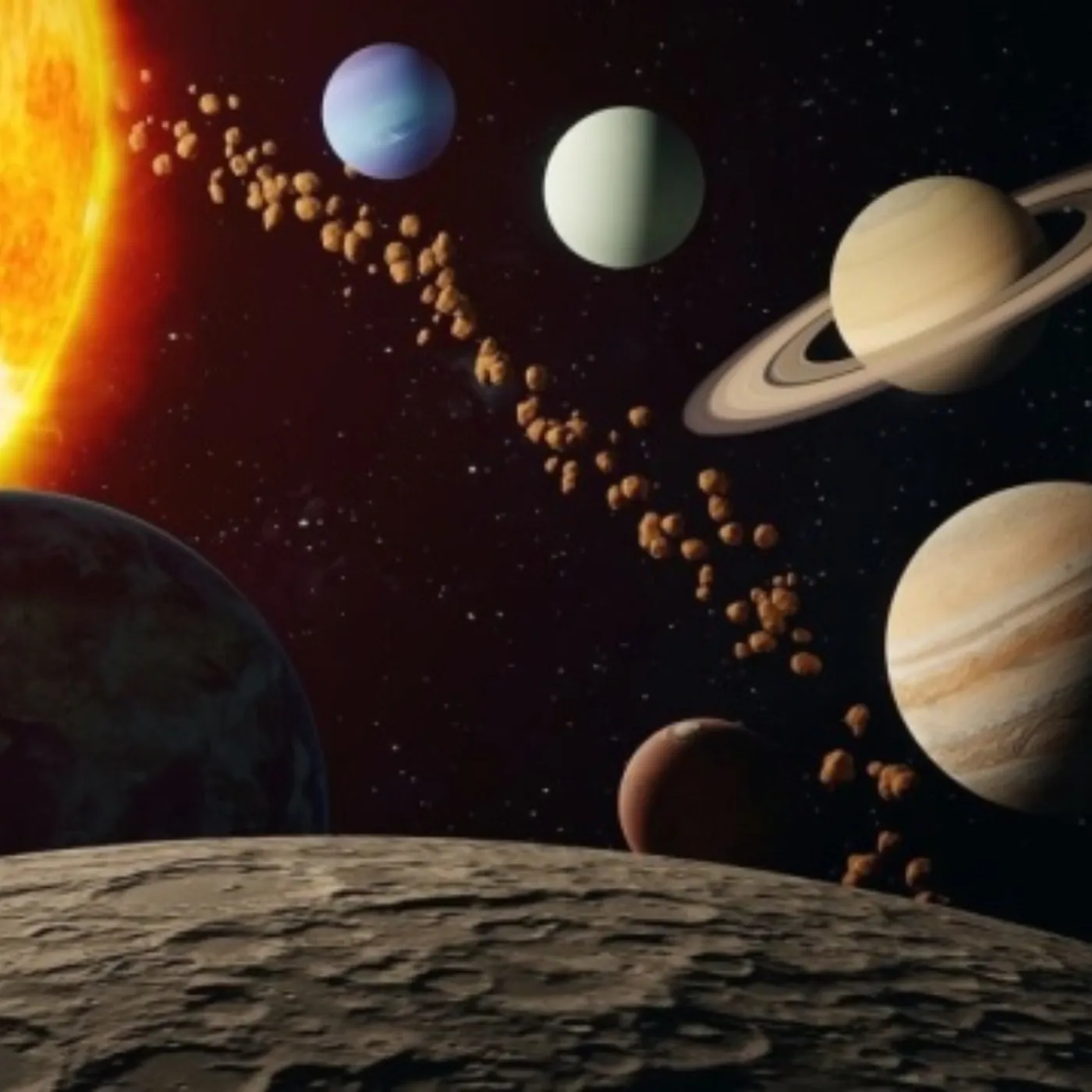
From Mercury to Neptune, each planet will play its part in creating a cosmic spectacle that will be remembered for years to come. So grab your telescope, mark your calendar, and prepare to be amazed by the rare 7-planet alignment lighting up the January sky.
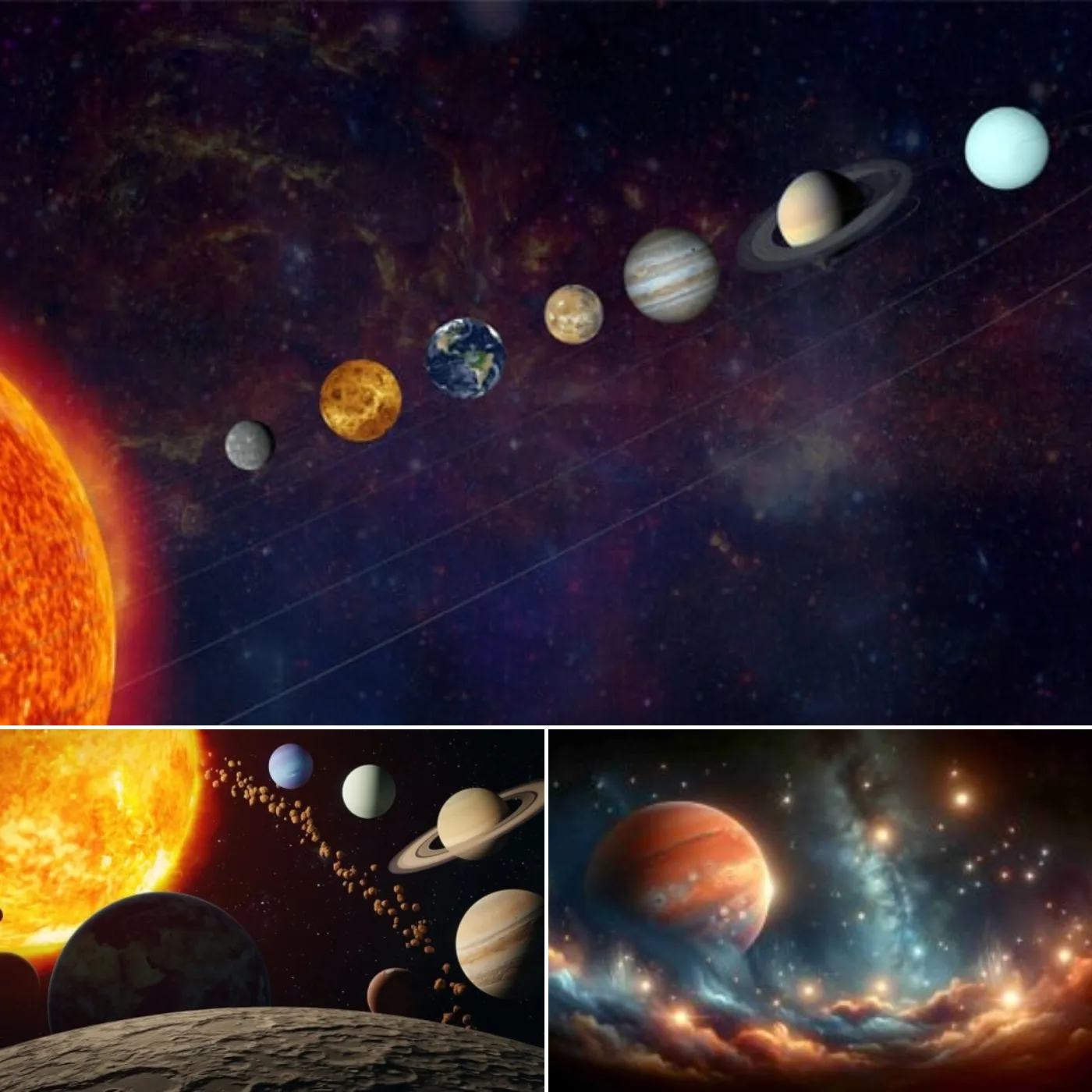
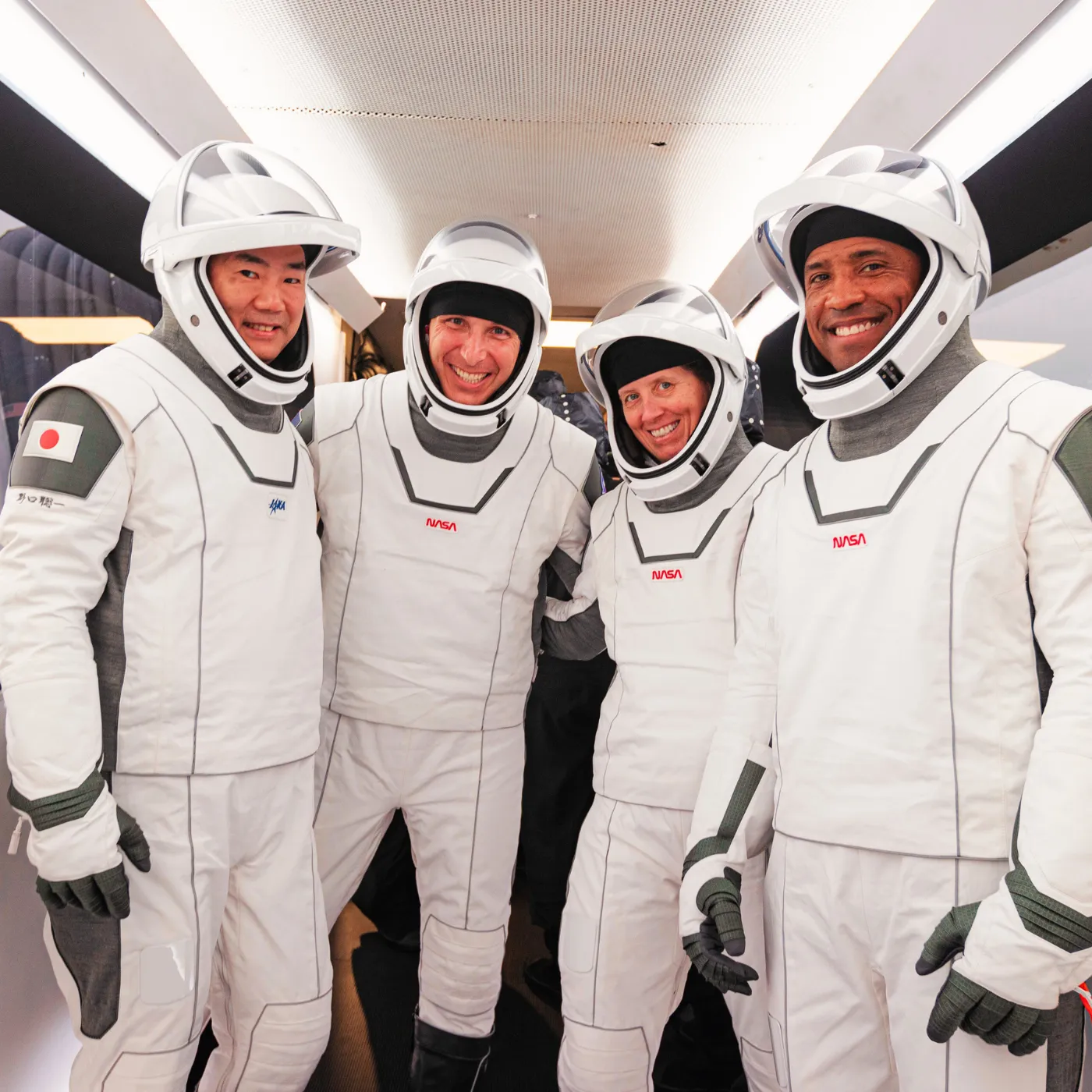


Post Comment